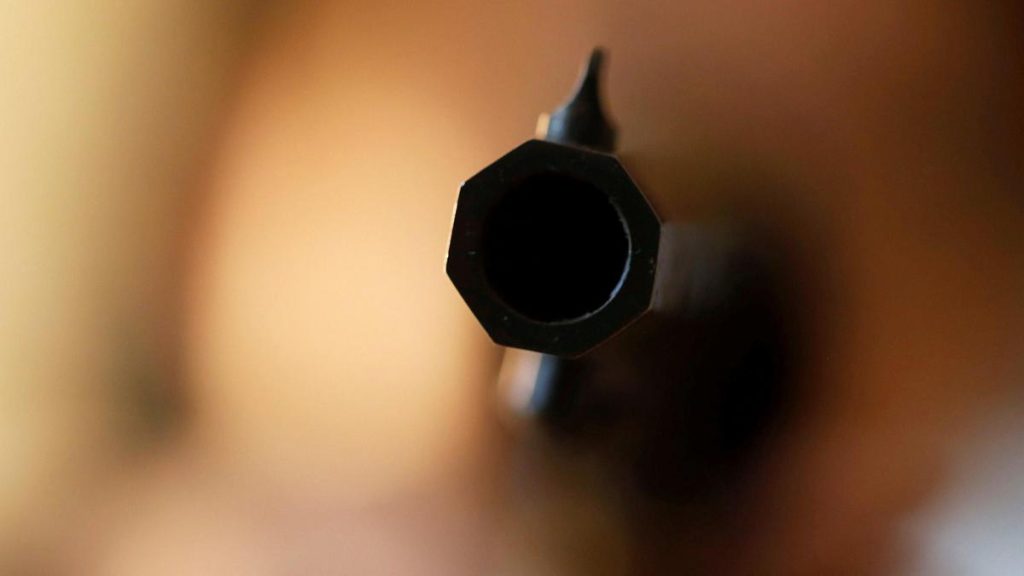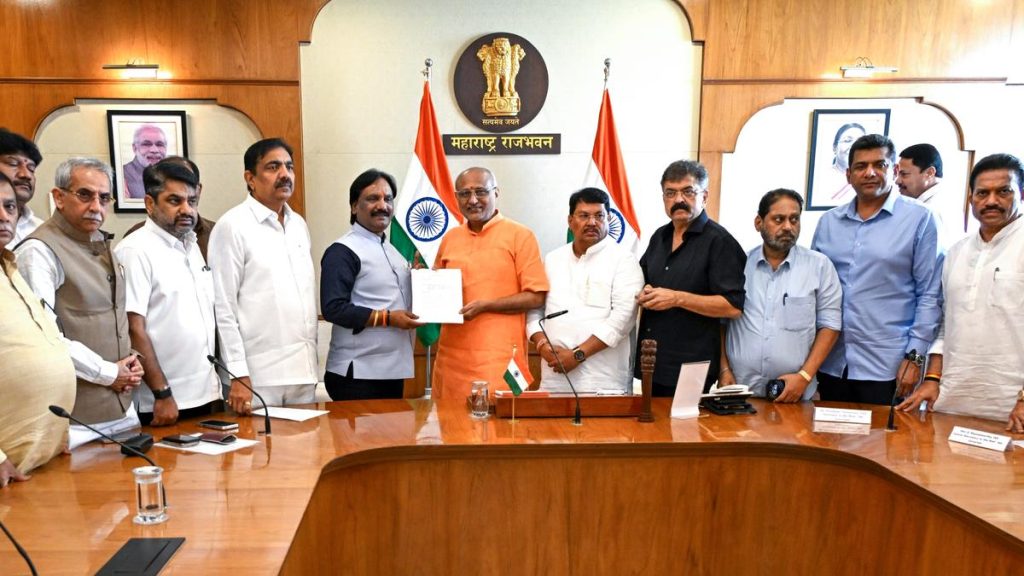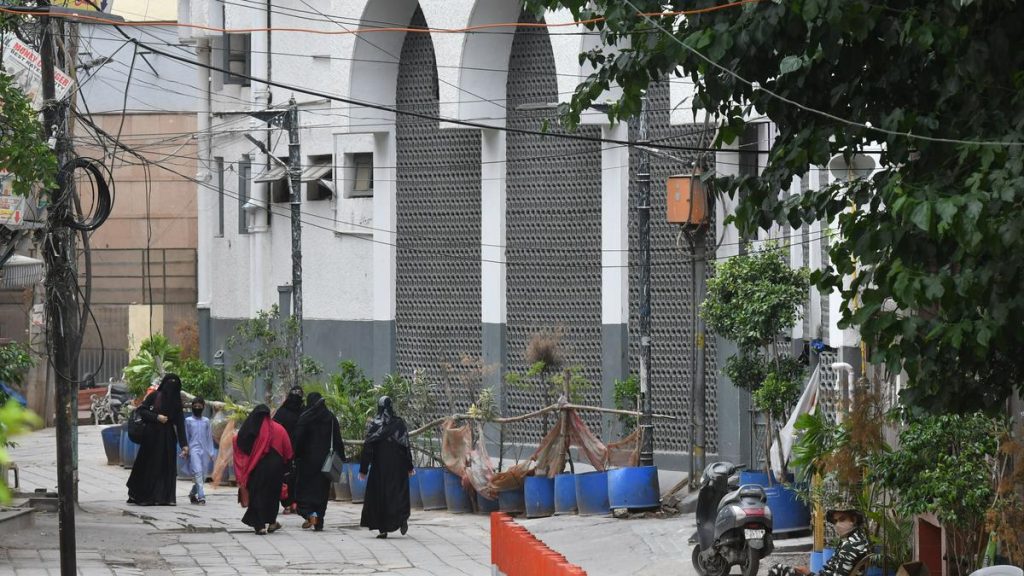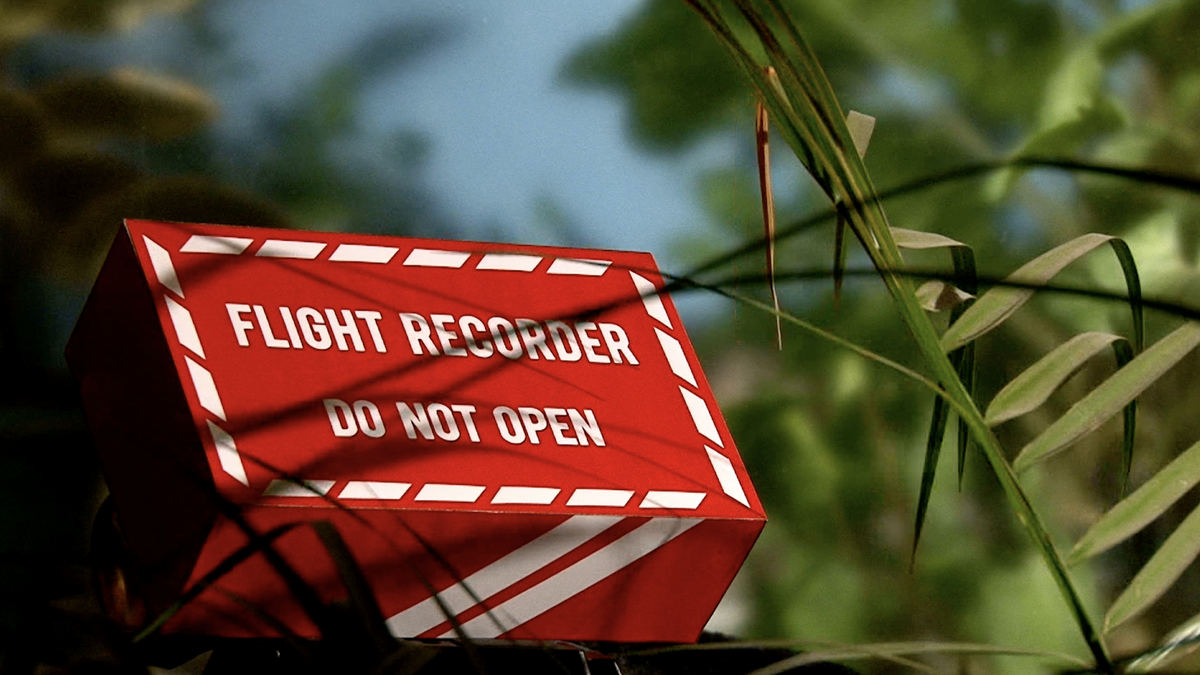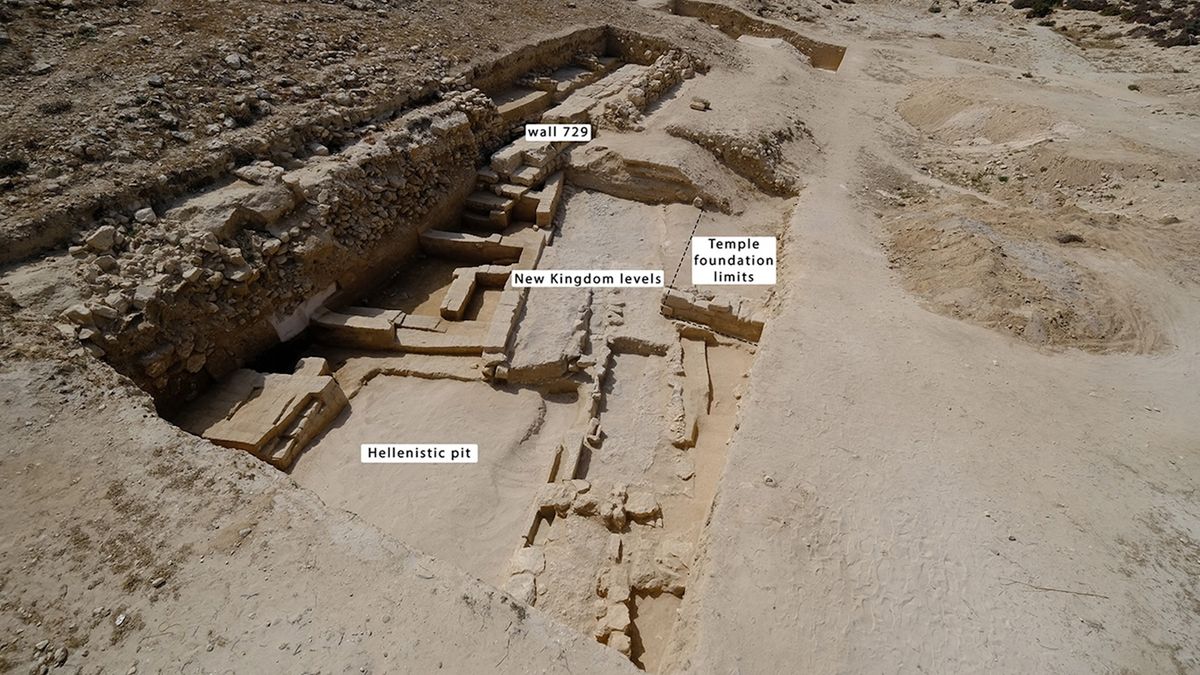Now Reading: Dracula Parrot: The Striking Bird of New Guinea’s Forests
-
01
Dracula Parrot: The Striking Bird of New Guinea’s Forests
Dracula Parrot: The Striking Bird of New Guinea’s Forests
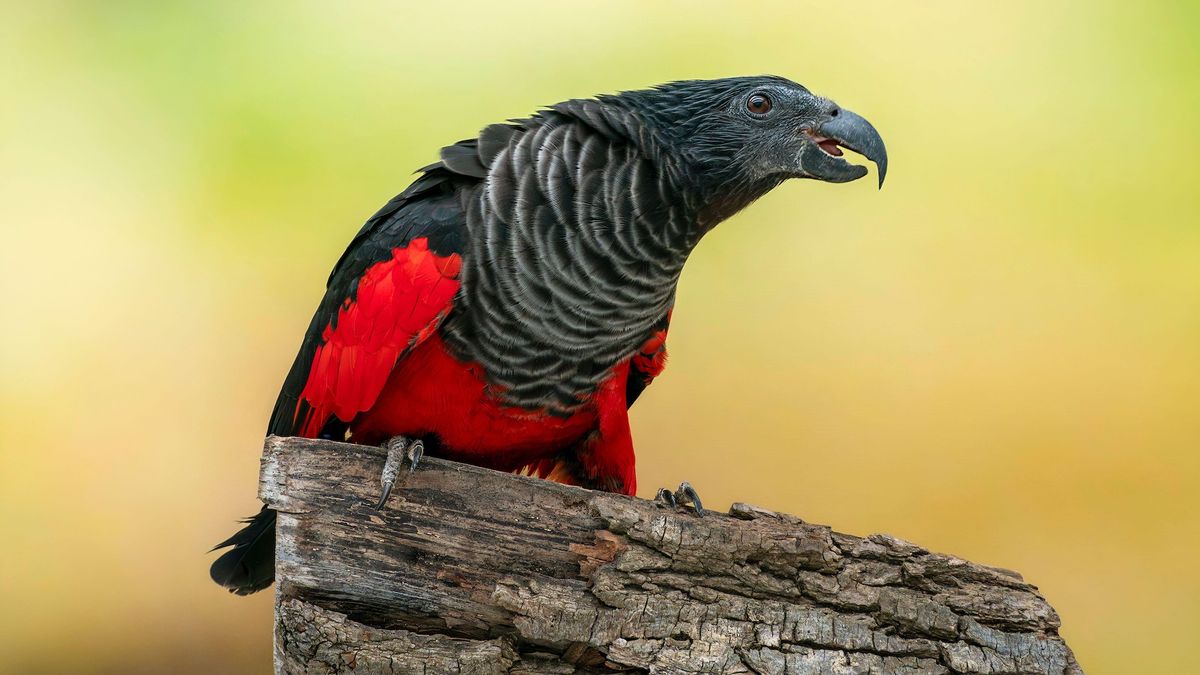
Quick Summary
- Name: Dracula Parrot (Psittrichas fulgidus), also known as the Pesquet’s parrot.
- Habitat: Native to the rainforests of New Guinea.
- Diet: Primarily eats figs, flowers, and nectar.
- Appearance:
– Feathers are jet-black with striking blood-red accents on the belly, tail, and wings.
– Adult males have red patches behind their eyes; females do not share this trait.
– Semi-bald heads thought to prevent matting from eating messy fruits.
- Behavior:
– distinct vocalization includes harsh screeches instead of typical parrot chirping or squawking-used for communication across dense foliage and possibly to deter threats or assert territorial dominance.- Vocalizations may help maintain flock contact during flight in thick forests and serve as warning calls against rivals at feeding sites.
- Breeding & Lifespan:
– Nest in hollow trees; typically lay one or two eggs annually. Little else is known about their breeding habits.
– Lifespan estimated between 20-40 years.
- Vulnerability:
– Classified as “vulnerable” on the IUCN Red List due to hunting for feathers and captivity markets.Read More
Indian Opinion Analysis
The Dracula Parrot is an unusual avian species reflecting nature’s ingenuity with its unique characteristics. Although native solely to New Guinea, its story echoes challenges faced globally by wildlife conservation efforts. The thriving illegal trade in captive exotic birds contributes substantially to this species’ vulnerability-a phenomenon India has faced with several indigenous bird species like parrots, bulbuls, and hornbills.
India could draw lessons from conservation measures employed internationally by integrating wildlife protection laws with community engagement around regions rich in biodiversity. There may also be opportunities for collaboration between nations like India and Papua New Guinea under global frameworks such as CITES (Convention on International Trade in Endangered Species). Protecting vibrant ecosystems ensures not just these remarkable creatures’ survival but also strengthens humanity’s connection to Earth’s biodiversity heritage.


